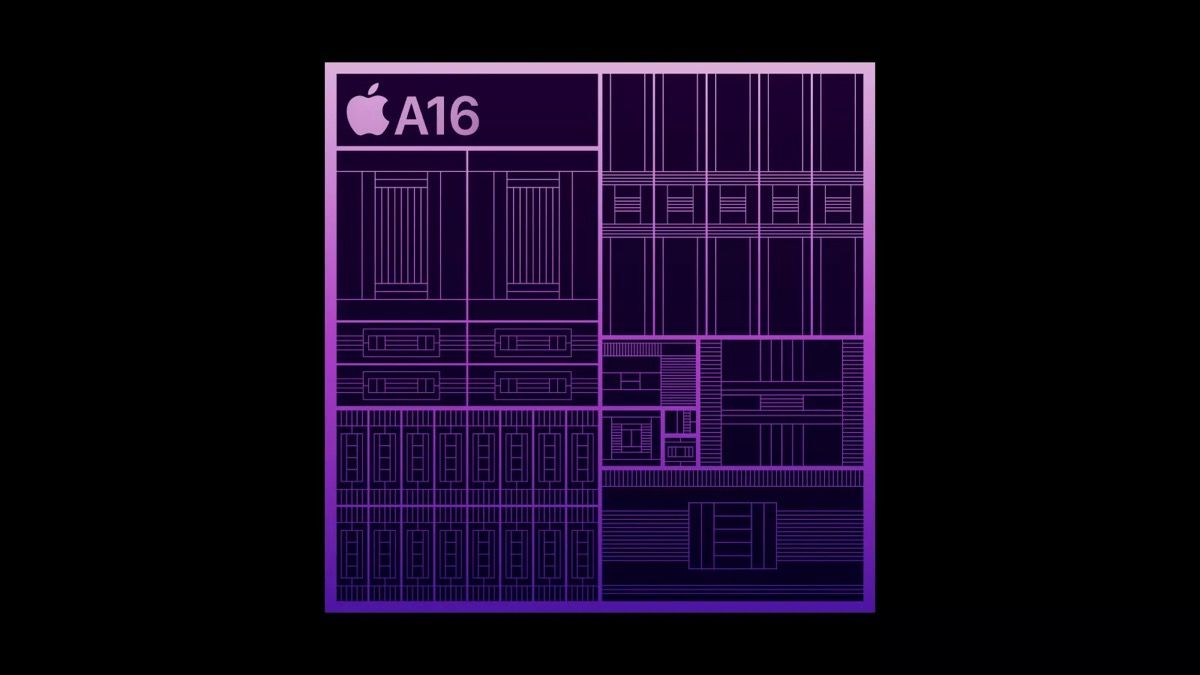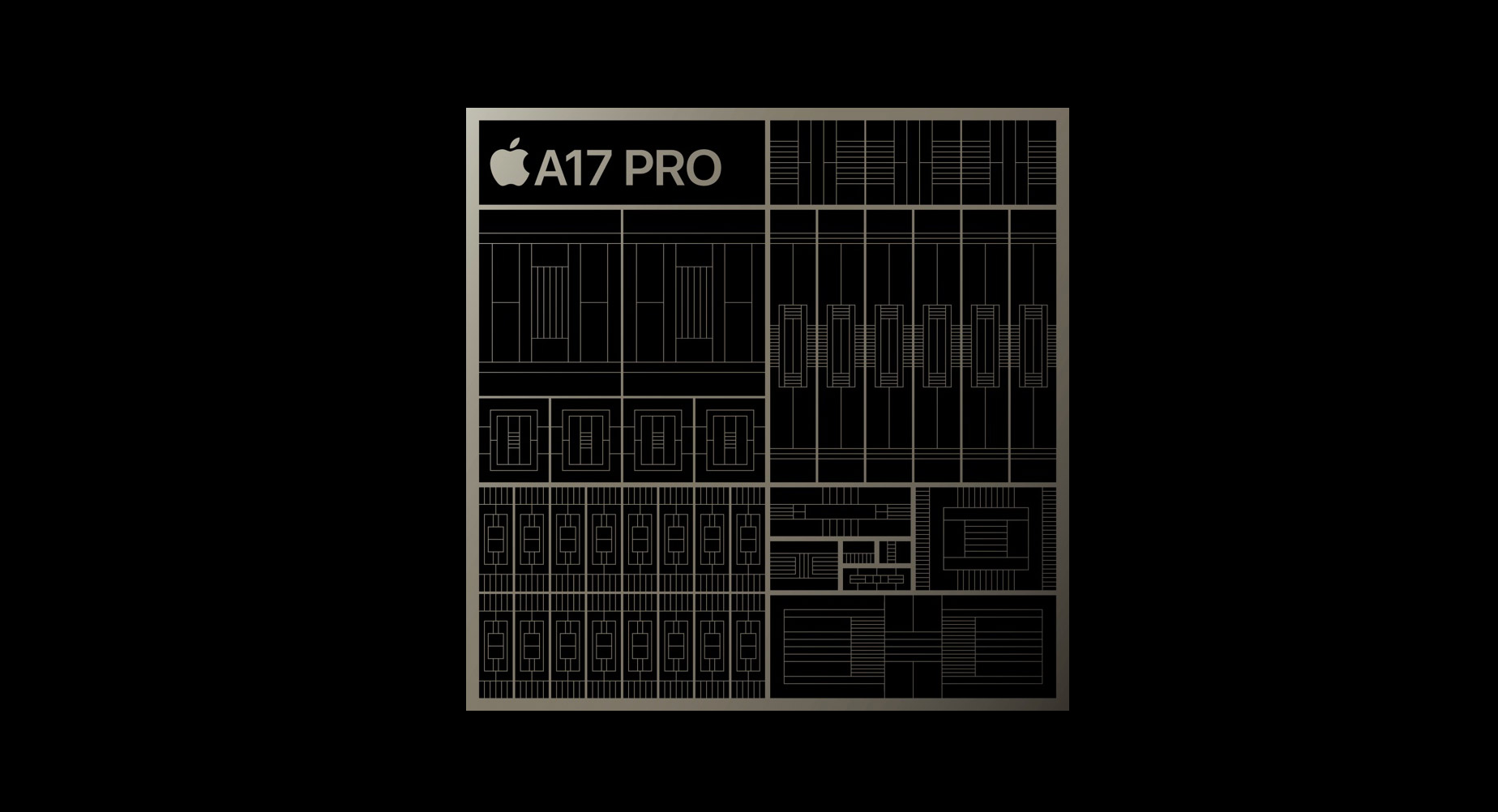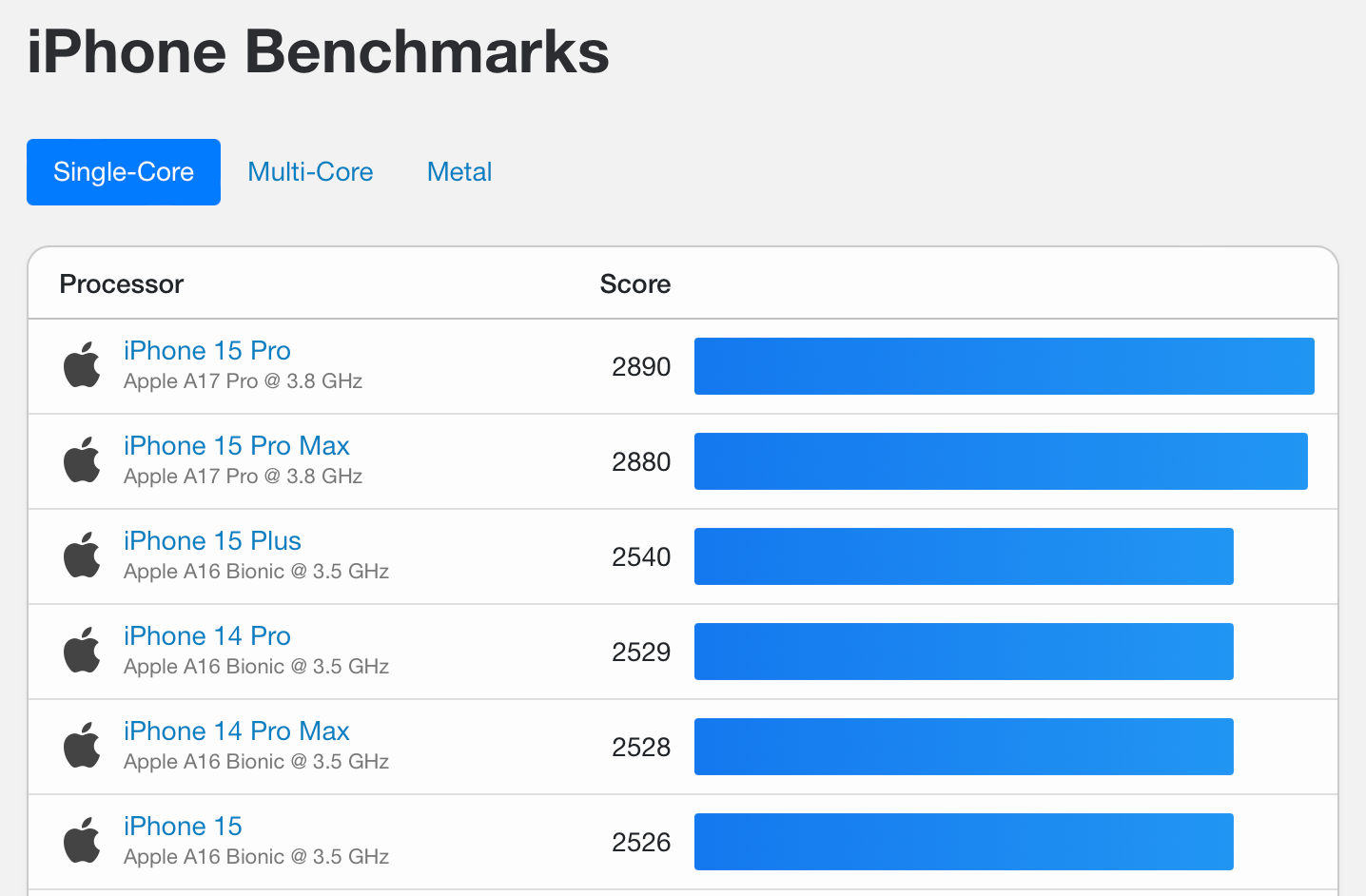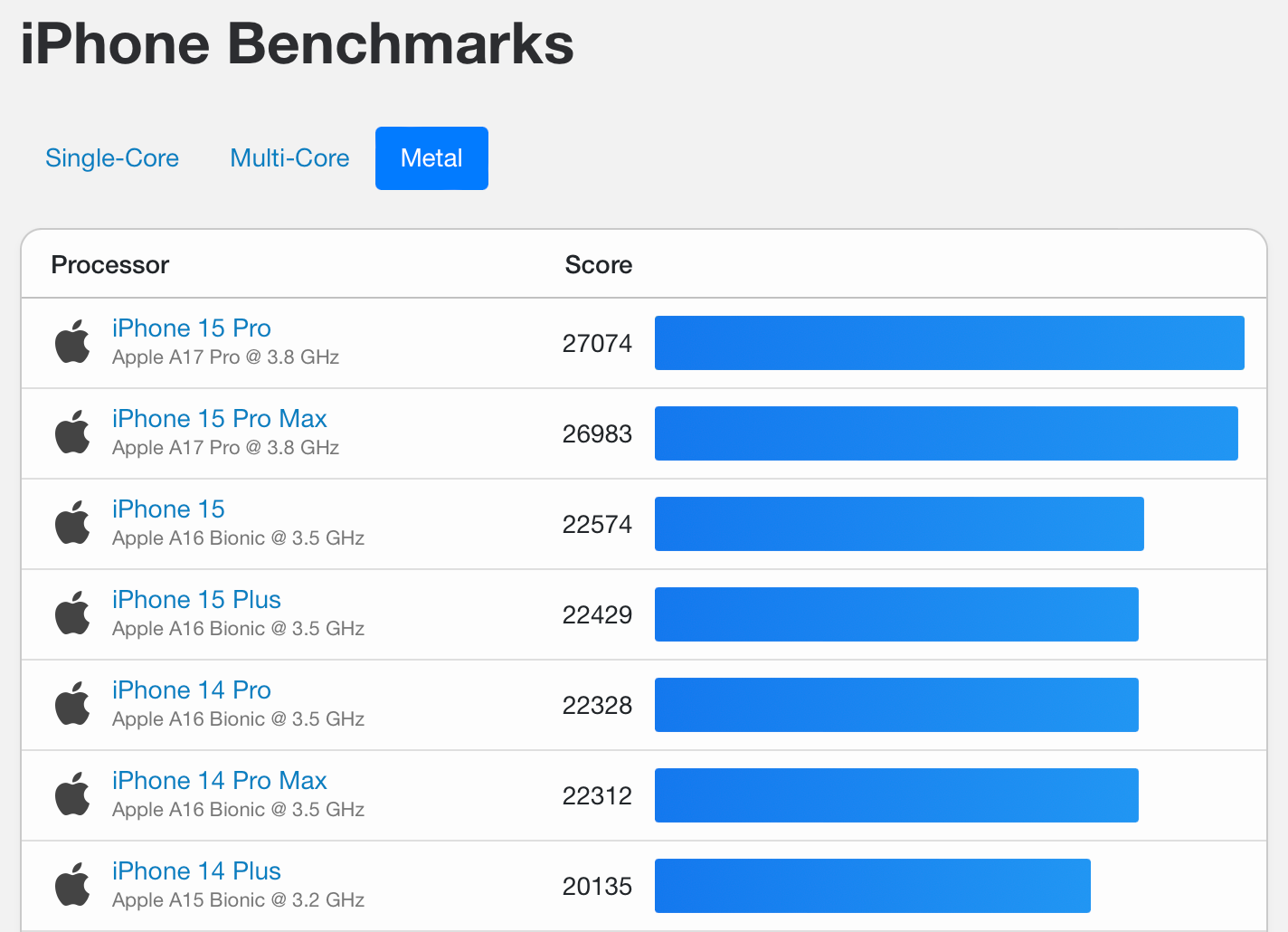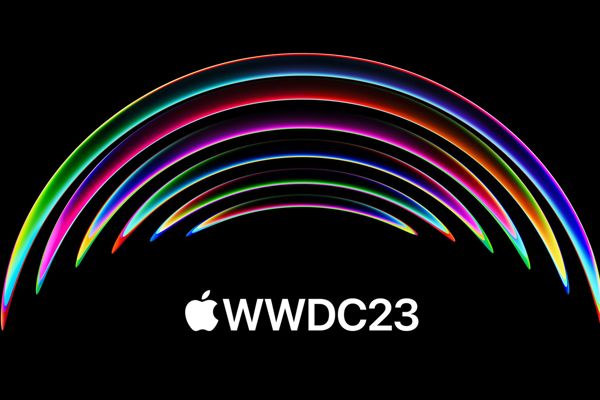
Unleashing Lightning: Unveiling the Astonishing Speed of Apple's Revolutionary A17 Chip!

Get ready for Apple's groundbreaking A17 Pro chip! This 3nm marvel offers remarkable GPU upgrades, making it a game-changer for iPhones Wondering if it's worth it? Find out how much better the A17 Pro is compared to the A16 Bionic and decide if the iPhone 15 Pro is your perfect match
What is the A16 Bionic?
Apple's A17 Pro system-on-chip marks a significant upgrade in Apple's chip production, embracing a more advanced and compact manufacturing process while also incorporating a novel GPU core. What does this mean for consumers and the practical implications of this transformation?The A16 Bionic, introduced by Apple in September 2022 alongside the iPhone 14 Pro and Pro Max, is a system-on-chip (SoC) that utilizes 64-bit ARM-based architecture. This SoC incorporates various components such as a CPU, GPU, RAM, and more. In 2023, Apple integrated the A16 Bionic into its base iPhone 15 and its Plus model, following the pattern of employing the previous year's flagship chip in the current year's non-Pro iPhone version.
The A16 is equipped with a total of six CPU cores, two of which have been specifically optimized for high performance and operate at a clock speed of nearly 3.5GHz. The remaining four cores are efficiency cores, running at slightly over 2GHz, and are responsible for handling general compute tasks. These cores efficiently manage background tasks, ensuring power preservation and extending the battery life of your iPhone.
In addition, the A16 Bionic boasts five GPU cores, operating at nearly 1.4GHz, dedicated to handling graphics-intensive tasks such as 3D gaming and iOS transparency effects. The neural engine, comprising 16 cores, is designed to excel at machine learning functions like facial and object recognition in your Photos library. With 6GB of RAM and a staggering 16 billion transistors, the A16 Bionic offers exceptional performance. Furthermore, it introduces an enhanced image signal processor (ISP) specifically tailored to optimize computational photography capabilities. This translates to improved image processing, reducing noise and delivering superior image quality.
Apple claimed that the A16 Bionic was the first 4-nanometer chip in a smartphone, a term that refers to the size of the transistors. It has come to the attention of analysts that this claim is open to debate, as it has been discovered that the chip was actually manufactured using a slightly improved 5nm process. Internally known as N4P by chip manufacturer TSMC.
What is the A17 Pro?
The A17 Pro is an enhanced system-on-chip (SoC) that was initially introduced in the iPhone 15 Pro and Pro Max in 2023. It utilizes the ARM-based architecture like its predecessor but boasts improved performance. The six-core CPU comprises two high-performing cores clocked at nearly 3.8GHz and four efficient cores operating at 2.1GHz.
Furthermore, the A17 Pro elevates the total RAM included on the SoC to 8GB, up from the previous 6GB.
In addition, Apple has enhanced the GPU by including an extra core, resulting in a total of six cores. Apple asserts a 20% enhancement compared to the A16 Bionic chipset, along with support for hardware ray tracing. Furthermore, it offers improved shading capabilities to handle realistic lighting effects in 3D applications more effectively.
How Much Better is the A17 Pro?
Apple increased the number of transistors to a staggering 19 billion and incorporated hardware assistance for AV1 decoding, a video codec poised to eventually replace HEVC. The A17 Pro is expertly crafted using TSMC's N3B process, renowned for producing genuine 3-nanometer chips.Apple's introduction of the A17 Pro showcased a 10% increase in CPU speed compared to the A16 Bionic, and this claim is supported by various benchmarks. The Geekbench single-core score for the iPhone 15 Pro demonstrates an improvement from 2540 with the A16 Bionic to 2890 with the A17 Pro. Similarly, the multi-core scores rise from 6420 to 7159 for the respective processors. The Metal scores, which gauge GPU performance, impressively validate Apple's assertion of a 20% enhancement, as they elevate from 22574 with the A16 Bionic to 27074 with the A17 Pro.
Geekbench
A recent benchmark comparison conducted by Tom's Guide showcased not only the performance of Geekbench but also encompassed real-world tasks, such as transcoding 4K video to 1080p using Adobe Premier Rush. The outcomes demonstrated that the A17 Pro managed to outperform the best A16 Bionic scores by reducing the processing time by two to six seconds.
Geekbench
It is important to note that benchmarks may not always accurately reflect real-world usage. Variations in scores can be attributed to differences in chip tolerances and the varying quality of silicon used. These factors contribute to the fluctuating scores observed across different batches of chips.
Does the A17 Pro Make the iPhone 15 Pro Worth It?
If you're considering whether to upgrade from the iPhone 14 Pro to the iPhone 15 Pro solely for a faster experience, it's likely not necessary. However, if you indulge in a lot of 3D gaming, your perspective might differ. The enhancements in the GPU will result in improved performance, and Apple's plans to bring high-quality games like Resident Evil: Village to mobile devices will require either an iPhone 15 Pro or an iPad equipped with an M1 chip.
If you're a serious gamer, chances are you already have a console or a powerful PC to handle these games. Playing on a large screen, like a TV or a monitor, allows for a higher resolution gaming experience. Even if you rely on upscaling techniques like NVIDIA's DLSS, the games can still be enjoyed to their fullest.
The A16 Bionic chip still delivers impressive performance, evident from its inclusion in the iPhone 15 and iPhone 15 Plus models of 2023. On the other hand, the A17 Pro takes things to the cutting edge, earning its place in Apple's top-tier "halo" line. Whether you're upgrading from an older device or opting for the Pro or standard model, you're highly likely to notice a significant improvement in performance.
The A17 Pro is Apple’s First 3nm Chip
When considering an upgrade, the iPhone 15 Pro Max offers multiple compelling reasons. Firstly, it boasts an impressive 5x optical zoom, allowing for enhanced photo and video capture. Additionally, the inclusion of the convenient Action button, which replaces the outdated ring/silent switch, enhances usability. Lastly, the integration of USB-C ensures faster and more efficient charging and data transfer capabilities.The A17 Pro marks a significant advancement for Apple with its pioneering 3-nanometer chip. The numerical value denotes the size of the individual transistors integrated into the chip. Essentially, smaller transistors enable a higher density on the chip. This is evidenced by Apple's augmentation of three billion more transistors in the A17 Pro (totaling 19 billion), compared to the A16 Bionic's 16 billion transistors.
Not only does this enhance performance by facilitating a greater number of operations per second, but it also enhances the chips' efficiency. However, there is often a trade-off between efficiency and performance. As a result, the chips continue to exhibit year-on-year advancements in speed while sustaining the same levels of efficiency as their predecessors.
In fact, there is no need to have any concerns regarding this number. Its main significance lies in the advancement of chip manufacturing, which will ultimately benefit all iPhone models (including the iPhone Pro and standard iPhone) over time, regardless of whether you make a substantial investment in an iPhone Pro at present or opt for a standard iPhone in the coming years.
Buy the iPhone You’re Happy With (Or Don’t)
If you desire the latest features, a titanium body, USB-C, and the A17 Pro, go ahead and invest in a brand new iPhone Pro. However, for the majority, it is advisable to stick to a more reasonable update cycle and upgrade your iPhone only when necessary. This could be when you find yourself waiting longer than desired, experiencing poor battery life, or desiring an improved camera. Discover whether upgrading to the iPhone 15 is worthwhile. Additionally, if you wish, you can even incorporate the Action button from the iPhone 15 Pro into your old iPhone.
